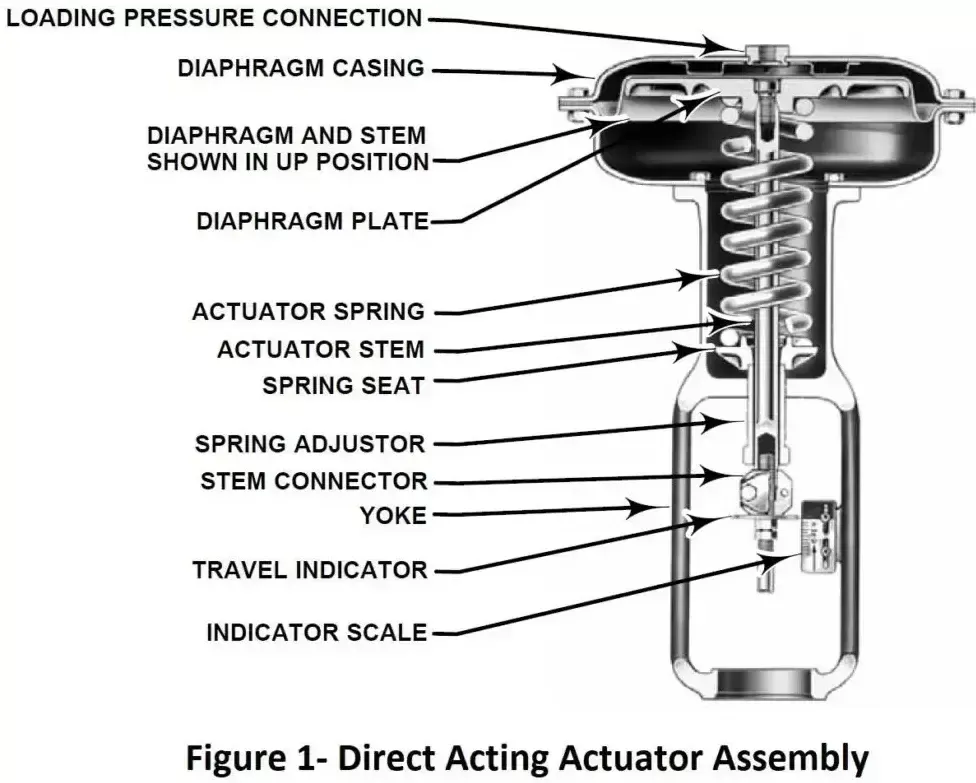Notifications

5 minutes, 0 seconds
-114 Views 0 Comments 0 Likes 0 Reviews

Control valves are vital components in industrial systems, used to regulate the flow of fluids, gases, or slurries. By accurately adjusting flow rates, China control valves help maintain stable process conditions—contributing to performance, efficiency, and safety across a wide range of industries. This article explores how control valves work, their key components, types, and practical applications.
Each control valve is built with several integral parts that work together to modulate flow:
Valve Body
The main casing of the valve that contains internal components and provides a flow path for the process media.
Actuator
Powers the movement of the valve stem or plug, typically using pneumatic pressure, electric motors, or hydraulic force.
Valve Stem
Connects the actuator to the internal flow-control element (e.g., plug or disc), transmitting motion for valve operation.
Valve Plug (or Disc)
The movable part inside the valve that changes position to regulate the flow passage.
Seat
The sealing surface inside the valve against which the plug or disc closes to block flow.
Positioner
Ensures the valve moves to the correct position by comparing the control signal with the actual stem position and making adjustments as needed.
The operation of a control valve involves precise mechanical and feedback-based motion in response to control signals:
Receiving a Control Signal
The valve receives a signal from a process controller—commonly pneumatic (3–15 psi), electrical (4–20 mA), or digital—indicating the target flow rate or pressure.
Actuator Movement
The actuator reacts by moving the valve stem. The energy source varies: air pressure in pneumatic types, electric motors in electric actuators, or pressurized fluid in hydraulic systems.
Flow Adjustment
As the valve stem moves, it alters the position of the plug or disc relative to the seat, thereby controlling the flow path size and the rate of fluid passing through the valve.
Feedback Control
The positioner provides real-time feedback, comparing actual valve position with the desired one and correcting any deviations, ensuring accurate and stable control.
Different types of control valves are used depending on the application, flow characteristics, and media type:
Globe Valves
Offer precise throttling control; ideal for applications requiring accuracy in flow rate adjustments.
Ball Valves
Use a rotating ball with a central hole to control flow. Well-suited for quick shut-off and low-pressure drop applications.
Butterfly Valves
Feature a rotating disc for regulating high-volume flows with lower pressure. Compact and cost-effective for large pipelines.
Diaphragm Valves
Use a flexible diaphragm to control flow, making them suitable for corrosive, viscous, or abrasive fluids.
Gate Valves
Primarily used for on/off control. They employ a sliding gate to completely open or block flow but are not ideal for throttling.
Control valves play an essential role in numerous sectors:
Chemical Processing: Regulate reactant flow to ensure optimal reaction conditions, affecting product quality and output.
Oil and Gas: Manage pressure and flow in pipelines, separation units, and refining processes.
Water Treatment: Control the flow of water and dosing of chemicals to ensure safe, effective purification.
Power Generation: Govern steam and cooling water flow in turbines and boilers for stable operation.
Pharmaceuticals: Ensure accurate fluid dosing and mixing under sterile conditions.
Control valves are fundamental to achieving precise, automated regulation of process variables in industrial environments. Understanding their construction, function, and types empowers engineers and technicians to select the right valve for their needs—enhancing process control, safety, and efficiency. As technology and automation continue to evolve, the role of control valves remains critical in modern process industries.Know more about Google SEO Directory

